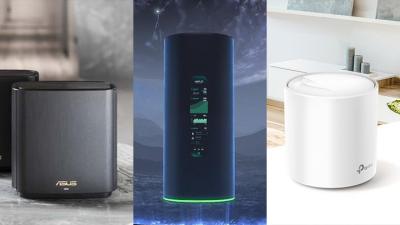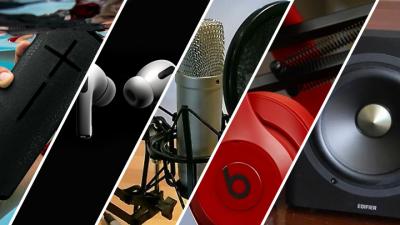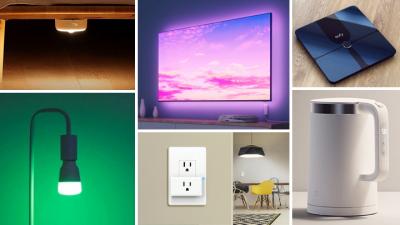Improving Your Wi-Fi: 7 Different Methods

Before the iPhone 3G, in 2007 the iPod Touch came out. I remember back then, as a teenager, Wi-Fi wasn’t people’s main concern, most people would still be at that time connected to their computers or laptops via Ethernet cable and the most popular phone on the market from what I can remember was the HipTop, which had a screen you can slide up to review a full QWERTY keyboard. It was super popular amongst teenagers due to how easy it was to text your friends. I got an iPod Touch as a present from someone towards the end of 2007 and it had a feature called “Wi-Fi”. At that time, it wasn’t that important to me or many other people. These days… If a device doesn’t have Wi-Fi, it’s considered a bit primitive.
Wi-Fi can be found almost everywhere, shopping centres, businesses, cafes, airports, your home, hotels, and too many others to list. It’s become a part of everyday life, so why restrict yourself with bad Wi-Fi range and weak signals?
Today, we’ll be going through quite a few different methods on what you can do to significantly improve your Wi-Fi range and eliminate dead spots.
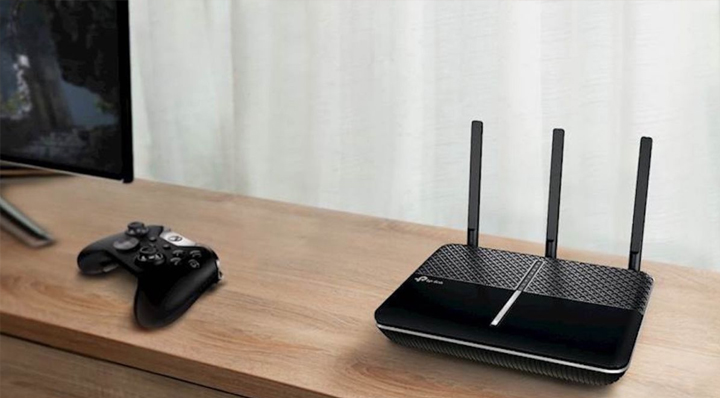
Using a more powerful modem
This is the most obvious way on how to improve your Wi-Fi range and possibly speeds too. Your ISP (internet service provider) would usually send you a modem when you connect your internet, this, in most cases is a very basic modem, which may not provide you with the best range or reliability in terms of the Wi-Fi. So instead, you can get a much more powerful modem to replace the one you have from your ISP, significantly improving your Wi-Fi signal.
However, for some types of internet connections, you may not be able to replace your modem for a few reasons. Such as, your ISP has a proprietary modem that you must use, your VoIP modem router (for those with VoIP) can only have up to a certain amount of bandwidth (this is fairly common with VoIP modem routers), or you have a cable internet connection and you can’t replace the cable modem router. That’s no problem though, that brings us to our next option below.
Check out Wireless 1’s range of modem routers here!
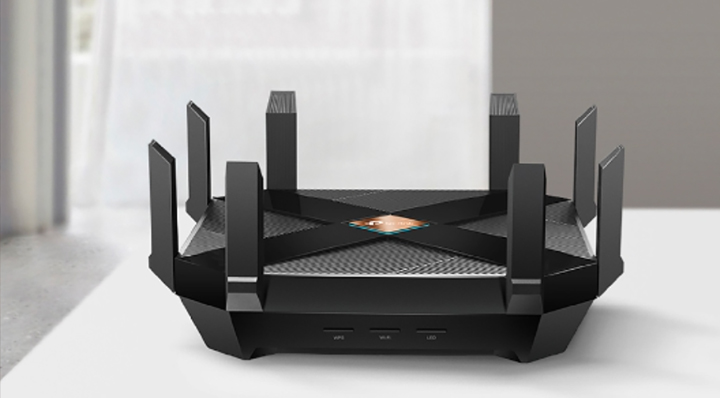
Using a more powerful router or bridging the connection to one
For some internet connections, you don’t need a modem function, so you can just get a powerful router, hook it up and you’re ready to go. However, for those who can’t do that and must use a modem due to the above reasons detailed in the earlier paragraph, there is a workaround for this. If any of the reasons above affect you, a really good option is bridging the connection from your modem or modem router to a more powerful router.
It’s very simple to set up a router in “bridge mode”, you’ll just need to connect it via Ethernet cable to your modem or modem router, do a brief set up, turn off the Wi-Fi on your original modem router and use the new router as your main Wi-Fi connection for everyone to use.
Check out Wireless 1’s range of routers found here!
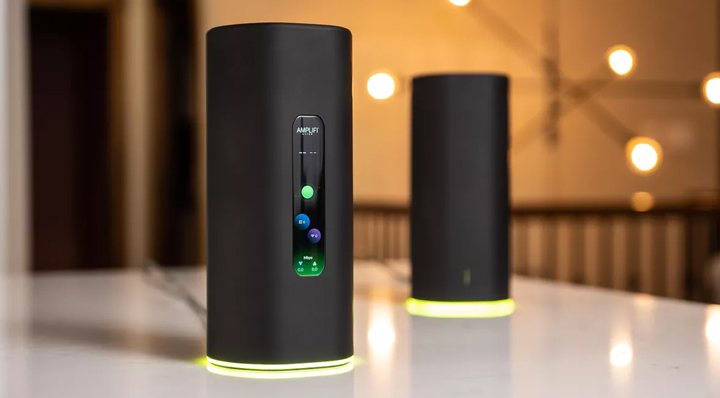
Using a mesh Wi-Fi system
Mesh Wi-Fi, has to be one of the best solutions for Wi-Fi in a very long time. A mesh system, by default, commonly comes in packs of 2 or 3. What they are is a series of “nodes” that create a mesh-like network of Wi-Fi between those nodes. They are set up and used, basically the same as a router. However, you use 1 of the nodes as your router, and then you can take the other 1 or 2 units to other rooms of your house, connect them to power, and then you’re basically ready to go once you’ve synced them together.
What that would do is create the network between those points while also providing very good Wi-Fi penetration through walls, floors, and ceilings, essentially, eliminating dead Wi-Fi spots around your house. The beauty of these systems, however, is that unlike other Wi-Fi solutions this doesn’t create multiple networks you have to connect to, instead, between all those nodes, it will be just 1 big Wi-Fi network and you don’t have to connect to a different node each time you move out of the range of one of them. If 2 or 3 nodes are not enough for you, you may keep on adding more nodes to it increasing the size of the mesh network. In most cases for large homes, 3 nodes are usually enough, depending on the model you go for.
Have a look at Wireless 1’s mesh Wi-Fi systems by clicking here!
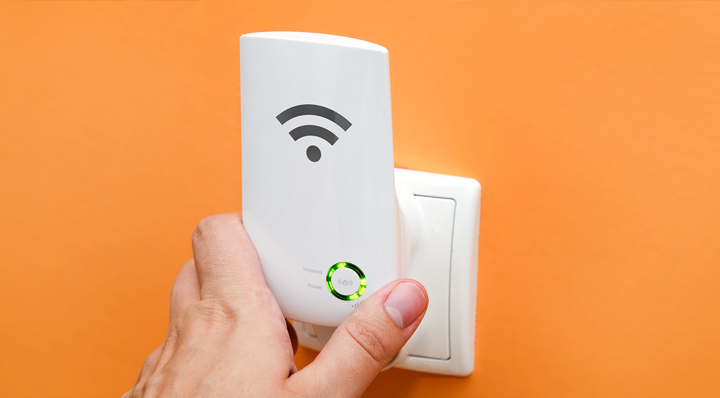
Wi-Fi range extenders
Other than replacing or adding on to your main modem/router you do have the option of Wi-Fi range extenders to extend your existing Wi-Fi range. They’re fairly simple to set up and use, much more so than replacing your modem or router. Most modem routers or routers these days have a feature called “WPS” or “push’n’connect”, which could be a physical button or the actual device, or can be enabled through their software interface. Simply, you’ll just need to click that button on your device, plug in your range extender to a wall plug, it has the same WPS button, push it, give them a min or two to communicate and you’re ready to go.
Range extenders are self-explanatory, they extend the range of an already existing Wi-Fi network. They’re best set up halfway in between where your Wi-Fi connection starts to drop off and your main access point (your modem/router). What it’ll do is create a new Wi-Fi network so that your further devices can connect to and you’re ready to go. Since it creates a new Wi-Fi signal to connect, it’s best for devices that are stationary since if you’re on the phone for example and you’re walking in between those two areas, you may want to switch the Wi-Fi network to whichever signal is stronger depending on the area you’re situated is.
Check out Wireless 1’s range extenders here!
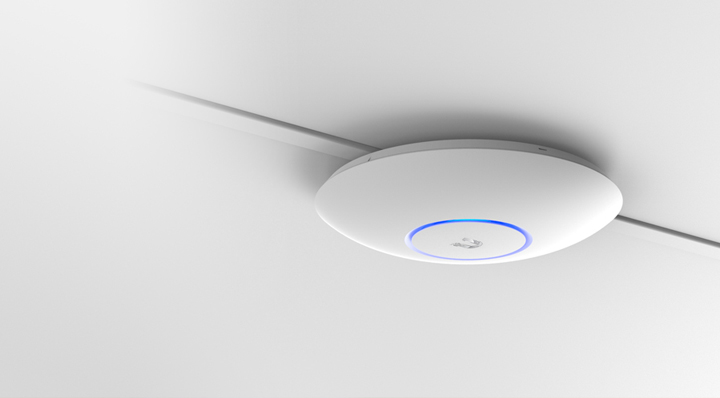
Access points
Access points are a fantastic option for those who have data points around their home or business. They’re fairly simple to use as many of the entries on this list. They’ll need to connect directly to your modem/router via an Ethernet cable or to a data point (connected to a switch or modem/router). With a brief setup, the access point will start producing a Wi-Fi signal you can connect to.
There are many different models of access points with different ranges and bandwidth so be sure to choose one within the specs you’re after.
Wireless 1’s access points can be found here!
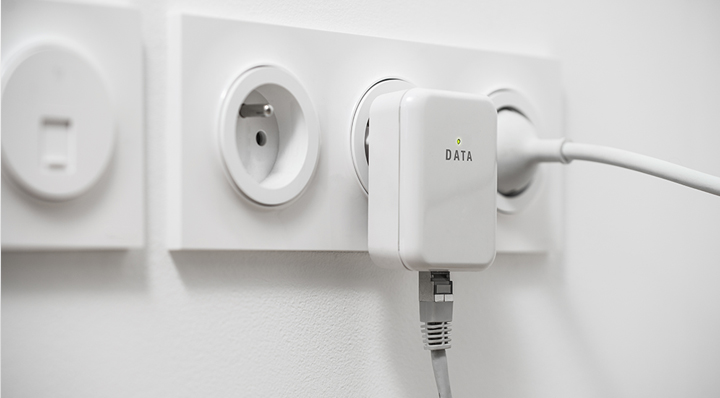
Wi-Fi powerline adapters
Powerline adapters are an absolutely fantastic solution for either a constant Ethernet connection to a device, or a Wi-Fi access point your devices can connect to, however, these don’t work the same as a range extender and are a good alternative to those who don’t have data points around their house.
Powerline adapters use the electricity circuit in your wall to transmit the internet signal from one room to another. Unlike range extenders, they aren’t extending your Wi-Fi range, rather, it’s creating a new Wi-Fi access point for your devices to connect to. To set them up, you’ll just plug the main device (they come in a pack of 2) into a powerpoint near your modem/router and then you’ll run a short Ethernet cable from that device to your modem/router. Then you can take the second unit and plug it into a different wall plug in a different room, they will communicate to each other and then you can either plug in an Ethernet cable into it to connect to your devices or, have an extra Wi-Fi signal so that you can connect your devices to. You can also daisy-chain multiple units together to have even more nodes.
However, they do have a certain limitation, they do need to be on the same power circuit for them to be able to communicate, as they’re transmitting the signal to and from each other and in most cases won’t work on a power board. So you’ll need to do a little bit of testing before committing to one of these just in case you have the requirements to be able to use these items. For more information on this, please see our article on powerline adapters and how to see if they’re compatible in your home or business, which can be found here.
Check out Wireless 1’s power adapters by clicking here!

Wireless (Wi-Fi) bridges
Wi-Fi bridges are mostly used for transmitting a signal from one building to another, which is what a lot of businesses do to share their internet amongst their buildings. While this is one of the more complicated solutions you have here.
It involves using 2 CPE units. One will be attached to the outside of the building (or onto a pole), pointing towards the building you wish to transmit the signal, connected directly to the main access point either through a data point, switch, or directly to it with an Ethernet cable. From there, the second unit would need to be mounted on the building (or pole) you wish to send the signal, back to the other CPE unit (must be within line of sight) and connected to another access point or switch and you’re basically ready to go after a small set up.
We have a whole article dedicated to wireless bridges, so if you’re interested in learning more, you may click here.
Wireless 1’s wireless bridge range can be found here.



